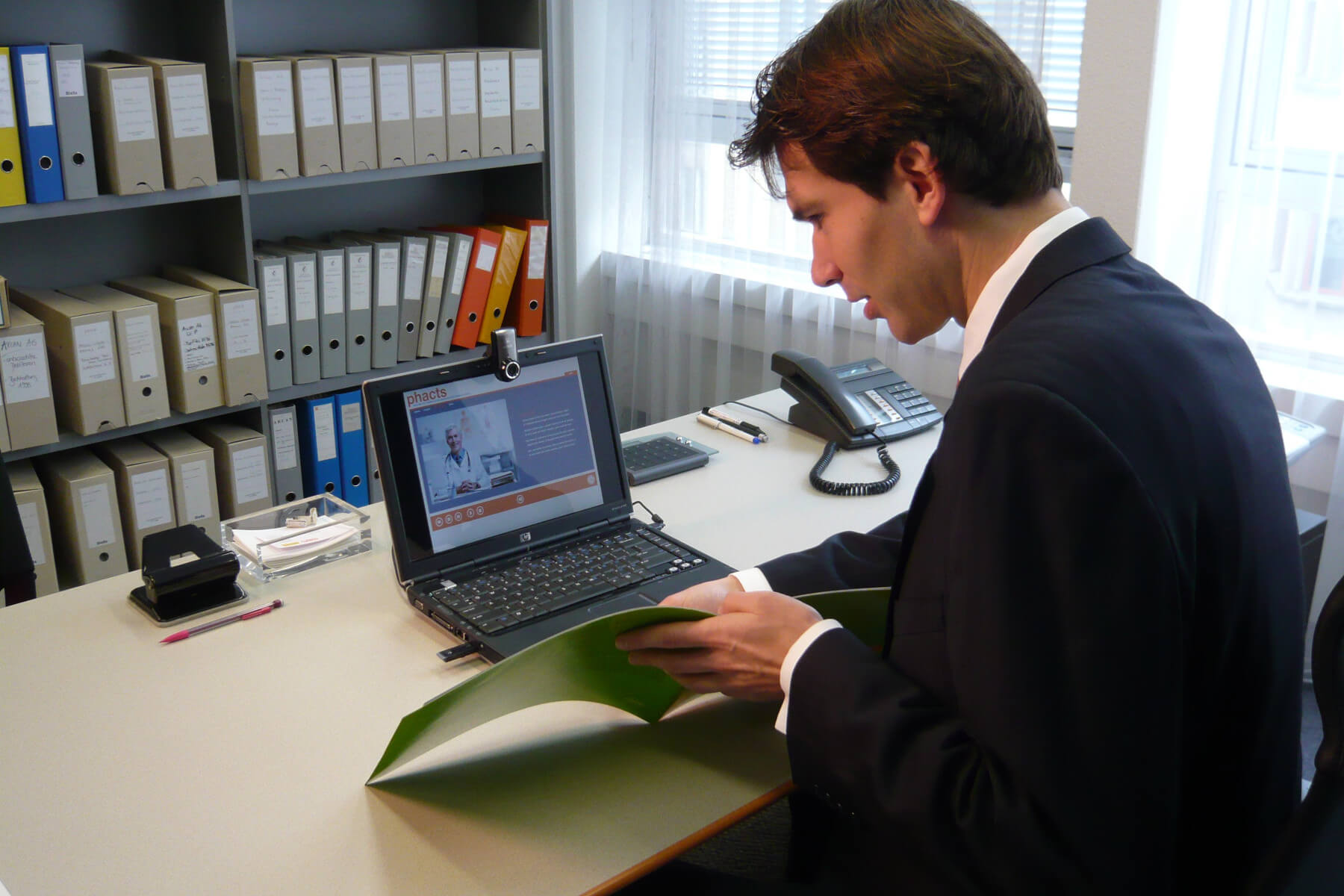Active Communication Training (ACT)

Active Communication Training ("ACT") is a technique for developing all the skills that are necessary for effective communication, whether it is for sales, managing employees, a media interview, a presentation before a group, or any interaction between people in a business or social situation.
ACT helps users understand these skills, develop these skills and practice these skills, while providing trainers and managers with tools to assess these skills in a standardized and reproducible manner.
The skills required for effective communication
ACT is based on the concept that effective communication, whether one is talking to one individual, a small group, or a large audience, has two components:
1. Good Preparation
Failing to respect this important step is often the reason for failed communication.
Preparation has several aspects, including:
a. Understand your goals. What do you want to achieve (e.g., inform, sell, motivate, reassure, coach, or comfort)?
b. Understand your audience. What are their needs and expectations? What are their capabilities or limitations to understand what you want to say - linguistic ability, educational level, cultural norms, and emotional state?
c. Develop a communication plan, based on the answers to a and b. Elements of your plan should include:
- What are the key messages you want to get across?
- Which kind of verbal and non verbal language will be most suitable for your audience?
- What things should you definitely avoid saying or doing?
- What visual aids, if any, would be helpful?
2. Always "Talk LAST"
This approach is key to good communication. Before you say a word:
Listen
It is said that there are two types of people in this world: those who listen and those who wait to talk.Let others talk first. What you hear will help you understand your audience's needs, expectations, language skills, emotional state, etc. Listen not just to what is said, but how it is said. Words matter!
Listening also means observing - you can learn a great deal from non verbal cues.
Ask
If you don't have all the information you need, ask questions. "A" also stands for "analyze." Think about what you hear and see. Ask yourself:- What are the key issues?
- What are the key factors that will determine if I can meet my needs and those of my audience?
Strategy
Based upon what you have heard and what you have understood, develop the best way to communicate.
Talk
Only now should you talk. What you say and how you say it, should reflect the preceding steps.Communication as a Performance Skill

ACT is based on the belief that communication is a performance skill - a set of active behaviors - not unlike playing a sport. In recent years, the field of corporate training has learned a great deal from the successes of sports training, namely that there are three essential steps to learning any skill *:
1. Break it down
Identify the key component skills. In communication, it's the elements previously listed (preparation, listening, observing, questioning, etc.)
2. Practice
Communication, whether verbal or non verbal, is a physical activity. To learn it, you must practice it. You must speak and not simply think about what you want to say. Think aloud! Speak aloud! Then, listen to what you have said and how you said it. You have to gesture and move. Then, watch how you gestured and moved. Evaluate your own performance and get feedback from others. Repeat the skills, try new approaches, refine and perfect.
3. Experience it
Communication cannot be learned by only watching others, or by using avatars in a computer game simulator. Communication has to be experienced and internalized.(* Adapted from "The Talent Code", Daniel Coyle, Bantam Books, 2009)
